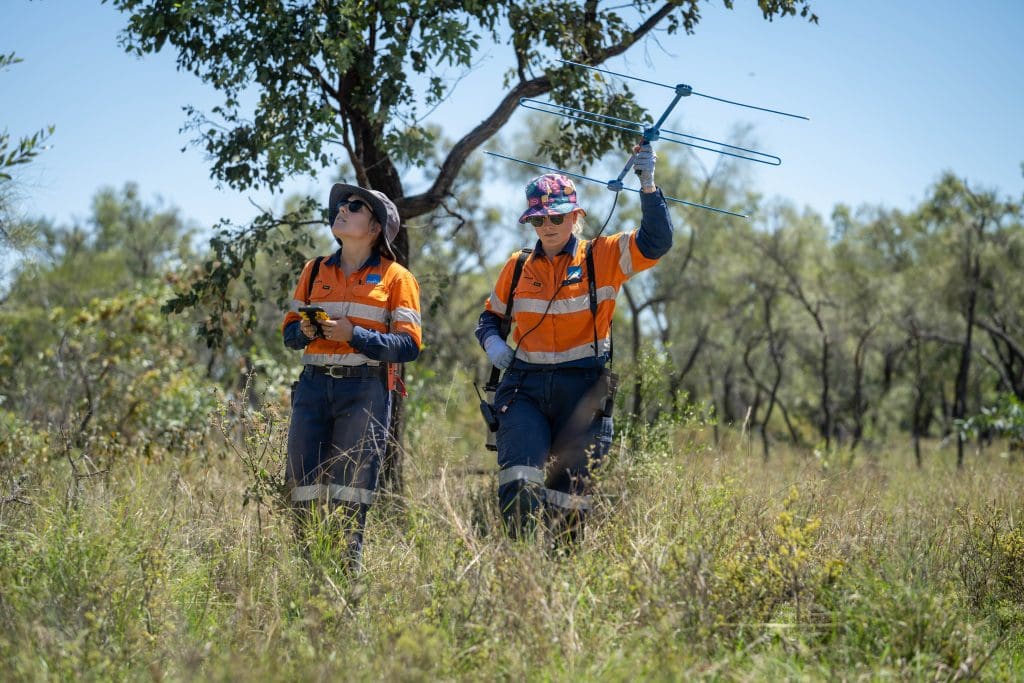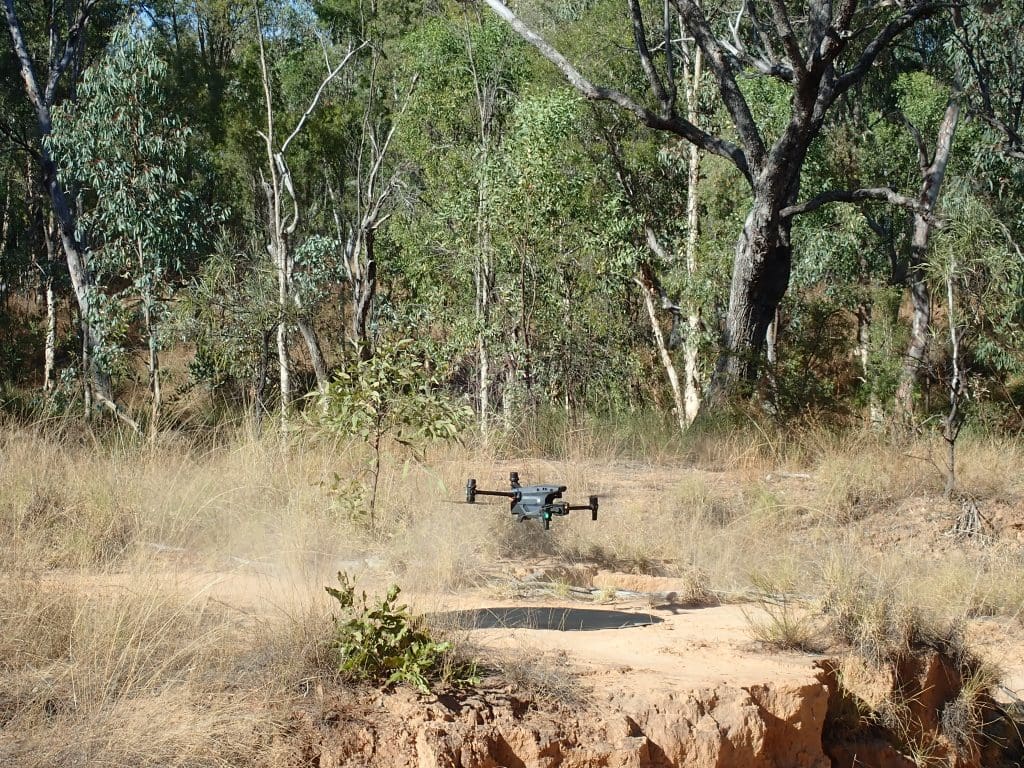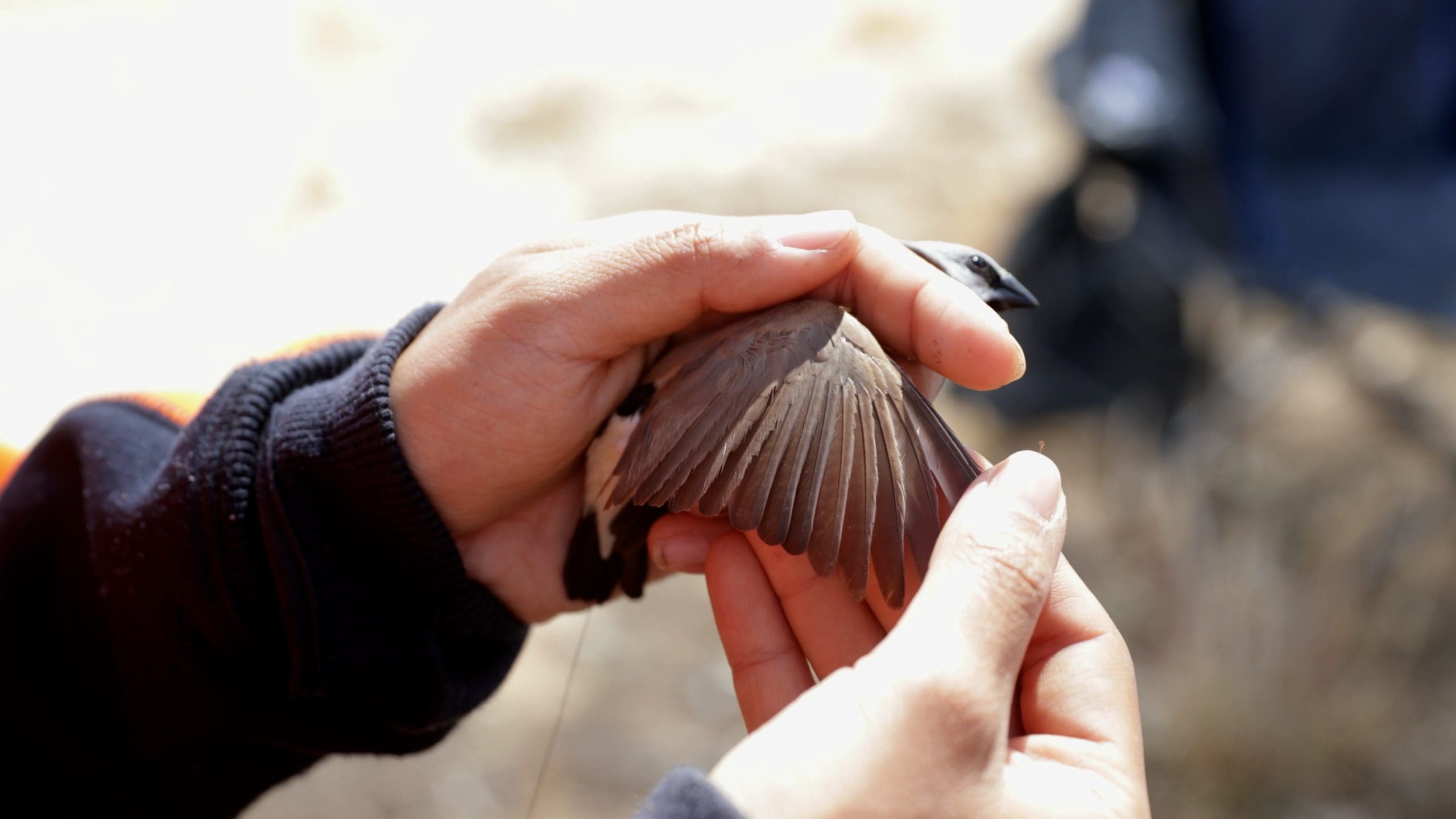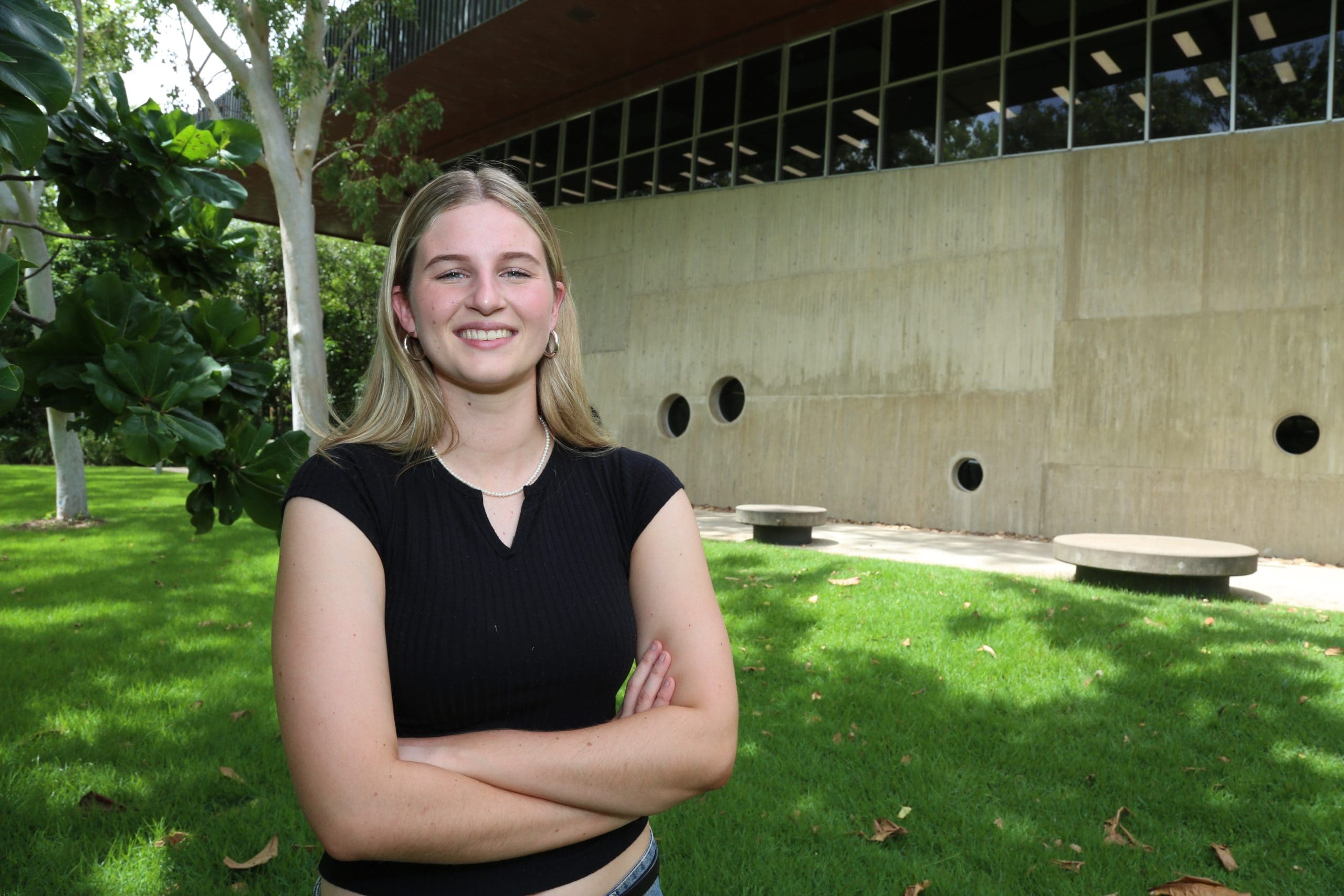Queensland researchers have mapped the habitat and movements of the Black-throated Finch in a never-before-seen level of detail, as part of Bravus Mining and Resources commitment to managing the environment.
The findings are the latest from a five-year joint research program between Bravus and researchers from ecology consultancy E2M and have been published in the peer reviewed and highly respected international scientific journal PLOS One.
Bravus’ Chief Operating Officer Mick Crowe said the research was building a profile of the Black-throated Finch to guide best practice conservation techniques.
“Our research has been running since 2020 as part of our targeted Management Plan for the Black-throated Finch.
“Researchers now know more about the finch than ever before and their work has helped us prioritise habitat conservation activities.”
Researchers used tiny radio transmitters, weighing just 0.32 grams each, to track the movements of 142 Black-throated Finches.
The research combined a network of 27 transmission towers covering about 2,700 hectares of Black-throated Finch habitat with manual tracking and AI technologies to log eating, drinking, preening and nesting behaviours. It also tracked the home ranges, movement patterns and habitat characteristics of the finch.
E2M Principal Ecologist John van Osta said the findings have provided researchers with new insights into the movements of the Black-throated Finch and how they use the local environment.

“This research has revealed much more about the Black-throated Finch population near Carmichael,” John said.
“It has a large home range of an average of 320 hectares and travels up to four kilometres from water. Both characteristics differ from the finch population near Townsville, which is the only other area where radio tracking has been used for the species.
“The research has also confirmed details about the preferred vegetation of the finch and provided new insights into its movements at various times of the day.”
The findings will help guide conservation activities for other finch populations and the methods can also be applied to track the behaviour and movements of other rare birds.
Bravus Mining and Resources was also recognised recently as the 2024 Australian Mining Prospect Awards. The business was a finalist in the Excellence in Environmental Management and Sustainability category for its high-tech approach to groundwater research by applying military-grade drone technology to discover and protect previously unknown groundwater springs.
Mick said the company had partnered with Eco Logical Australia to add multispectral and thermal imaging to its comprehensive scientific programs that help to safeguard the health of the Great Artesian Basin-fed Doongmabulla springs.
“Carmichael has some of the strictest environmental conditions of any resources project in Australia’s history.
“That means we also have some of the best environmental monitoring and scientific research programs in the world, especially in the areas of groundwater, species, and biodiversity management.
“We have scientists on the ground every two months to observe and record water levels and water quality at more than 135 sites around our Carmichael mine, and we have scientists who routinely map the extent of vegetation at key groundwater springs.

“What we have done with Eco Logical Australia is take that expert on-the-ground science into the air as well with new multispectral and thermal imaging drone technology.
“This has allowed us to map the large and remote study areas faster and in greater detail than ever before, and that has produced some outstanding environmental outcomes, including finding previously unmapped spring vents that are as small as 10 centimetres in diameter and sit within hectares and hectares of bush.
“The award nomination is deserved recognition of the team’s expertise and efforts to drive new approaches to monitoring complex ecosystems and we’re enormously proud that what they’ve done at Carmichael can now be applied to best-practice environmental management across the world.”













